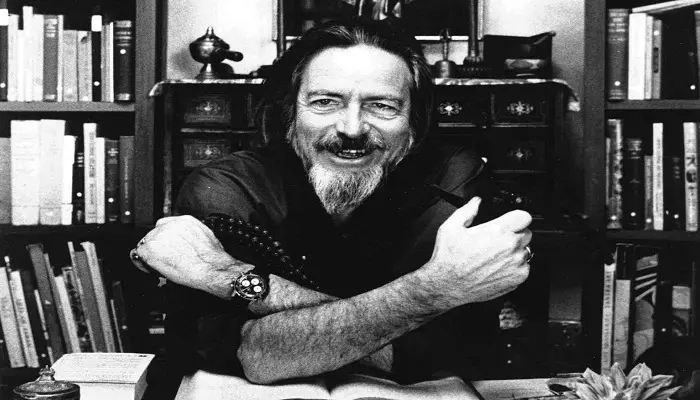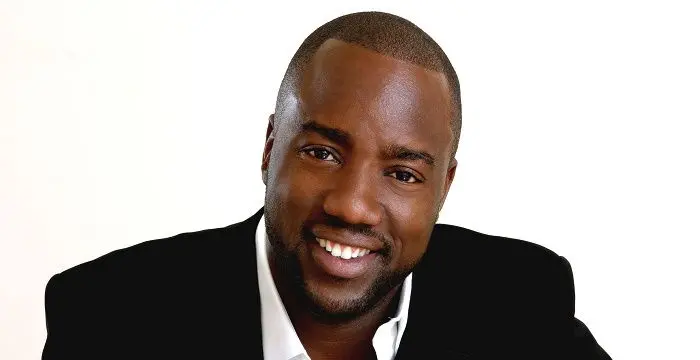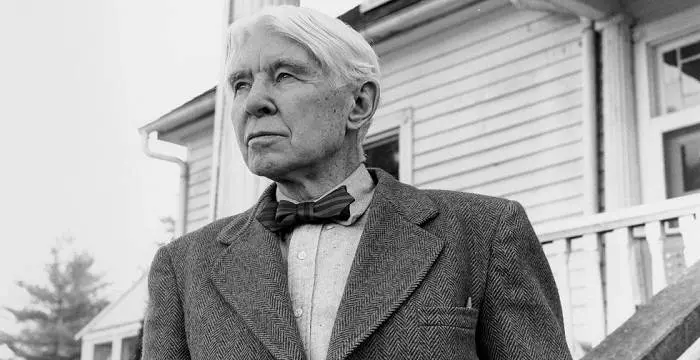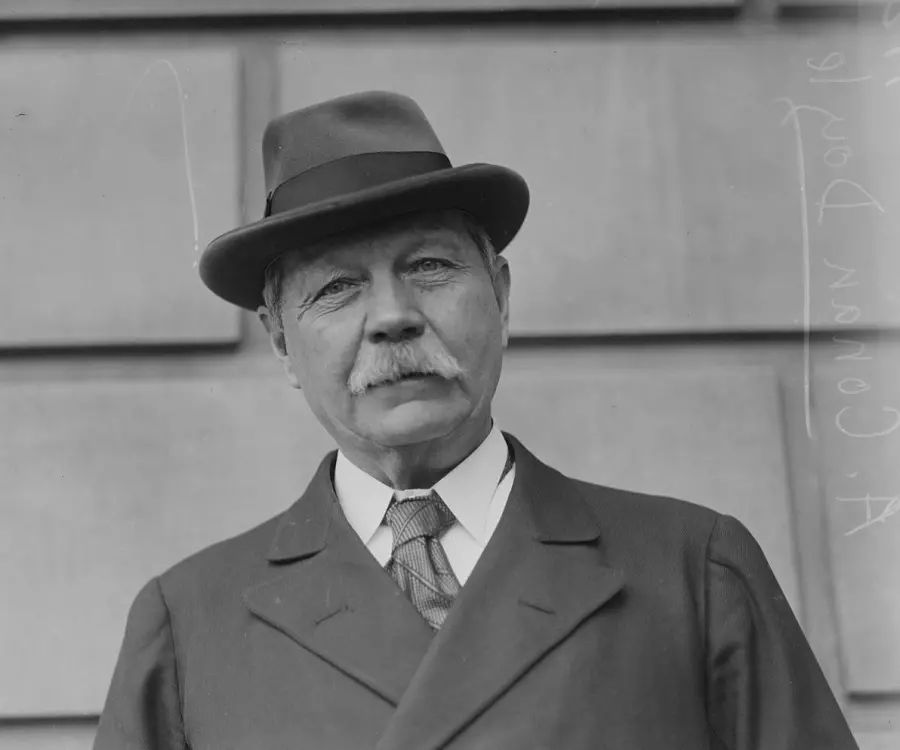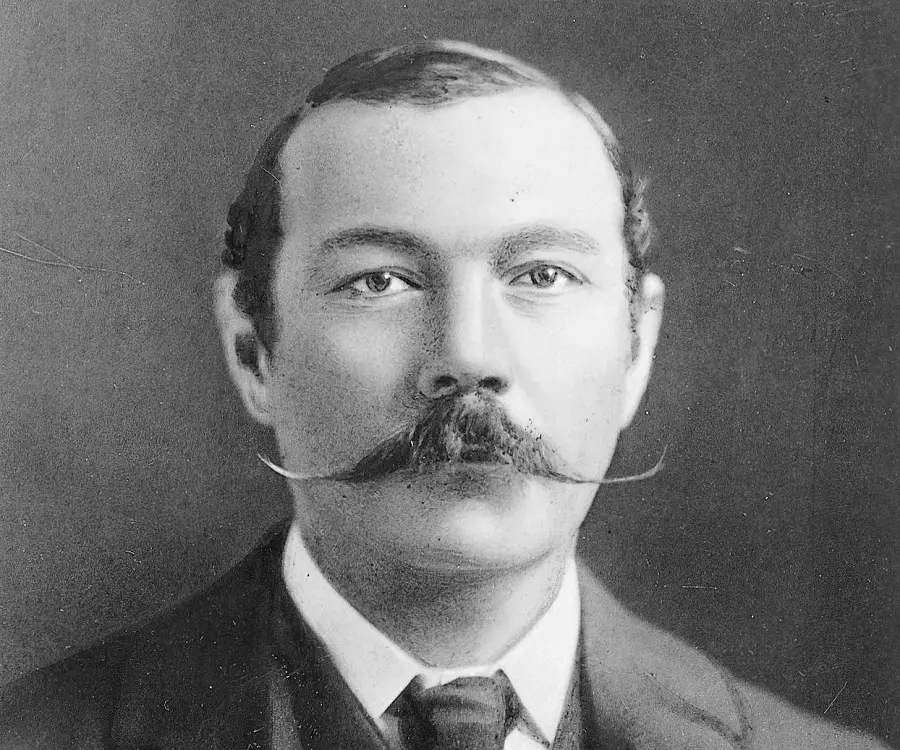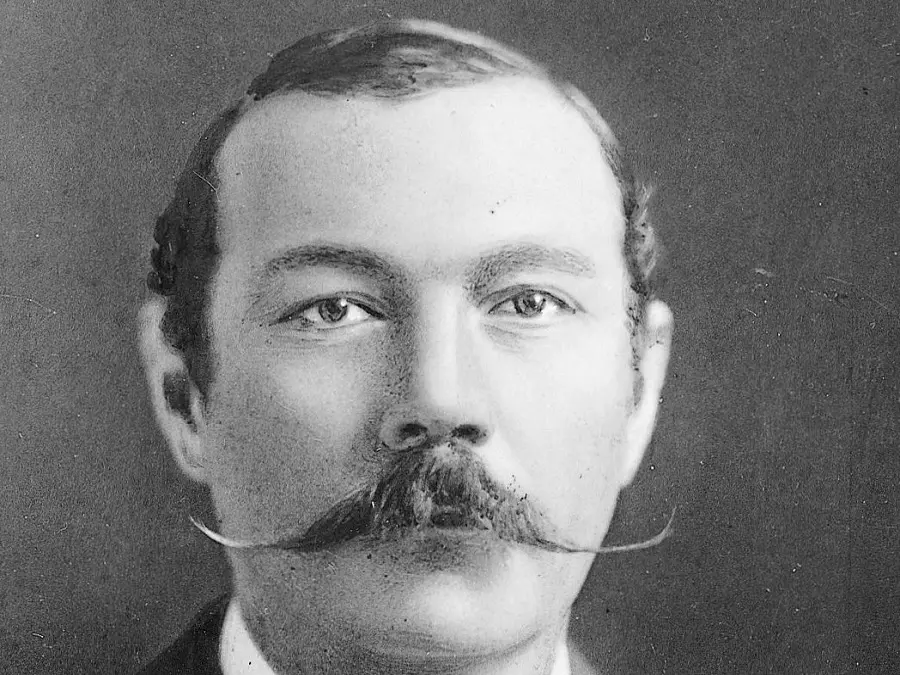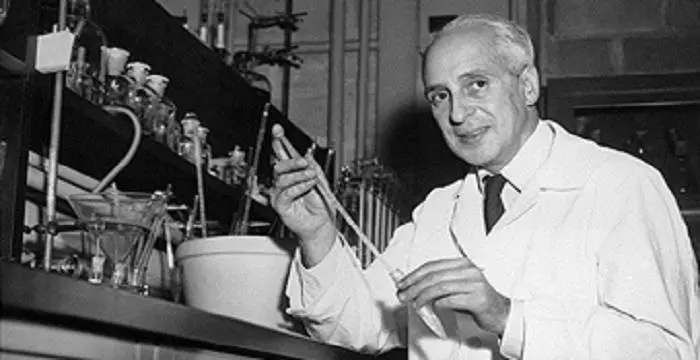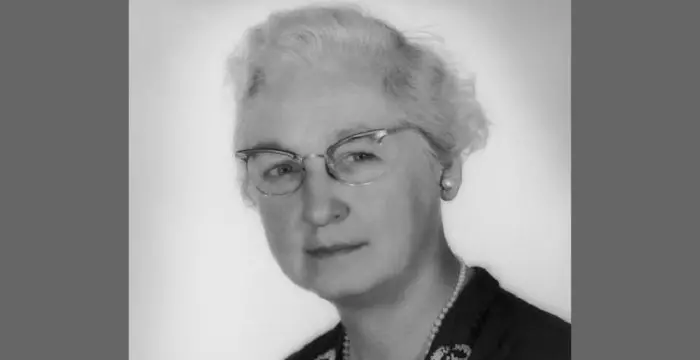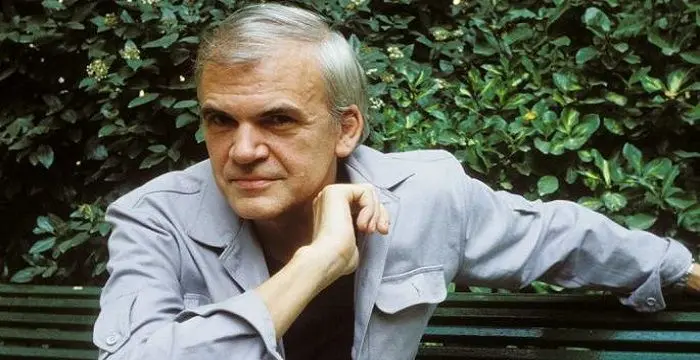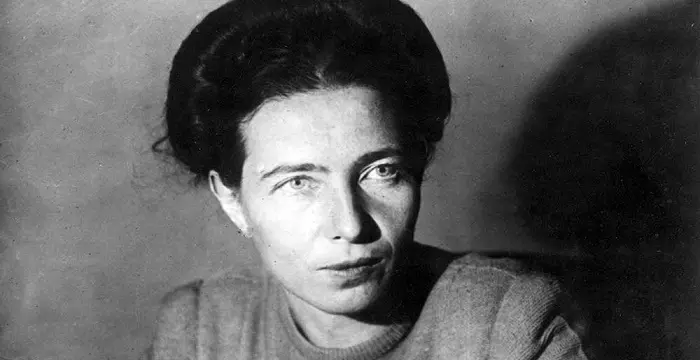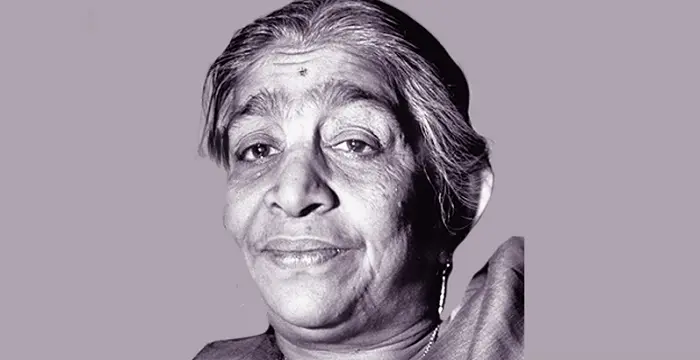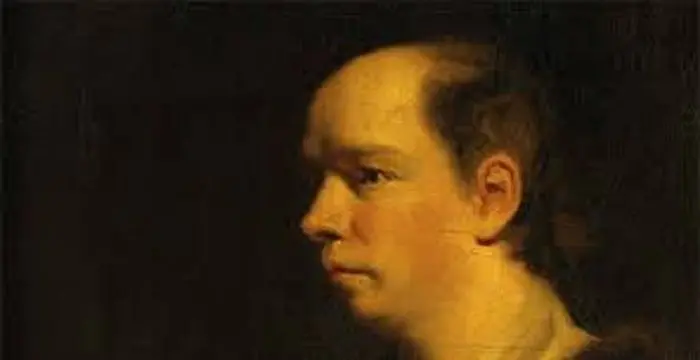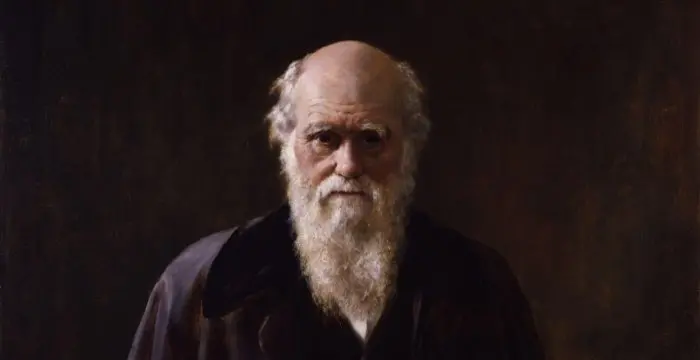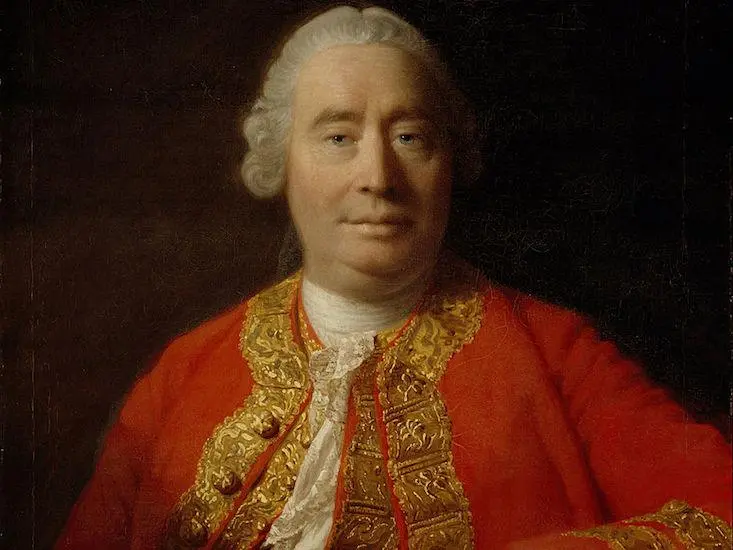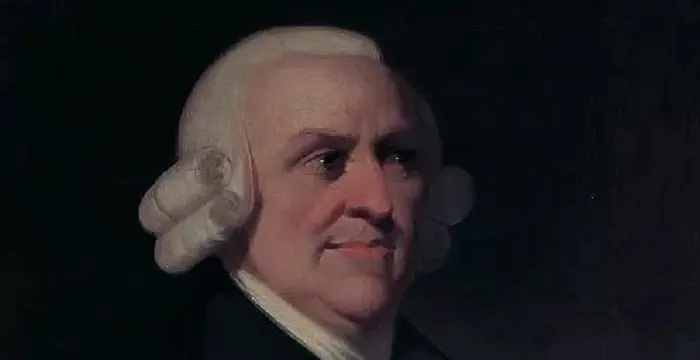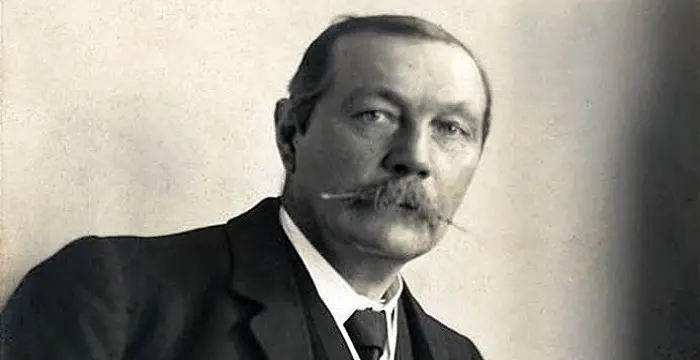
Sir Arthur Conan Doyle - Writers, Family and Family
Sir Arthur Conan Doyle's Personal Details
Sir Arthur Conan Doyle was a Scottish author, poet & physician
| Information | Detail |
|---|---|
| Birthday | May 22, 1859 |
| Died on | July 7, 1930 |
| Nationality | British, Scottish |
| Famous | University Of Edinburgh, Writers, Novelists, Short Story Writers, ESTP, Physicians, Writers |
| Spouses | Jean Leckie (m. 1907–1930), Louisa Hawkins (m. 1885–1906) |
| Siblings | Annette, Innes |
| Known as | Sir Arthur Ignatius Conan Doyle |
| Childrens | Adrian Conan Doyle, Arthur Alleyne Kingsley, Denis Percy Stewart, Jean Conan Doyle, Mary Louise |
| Universities |
|
| Notable Alumnis |
|
| Birth Place | Scotland |
| Born Country | Scotland |
| Gender | Male |
| Father | Charles Altamont Doyle |
| Mother | Mary Foley |
| Sun Sign | Gemini |
| Born in | Scotland |
| Famous as | Writer & Physician |
| Died at Age | 71 |
// Famous Writers
Alan Watts
Alan Watts was a famous British philosopher known for his Zen teachings and interpretations of Eastern philosophy. Read more about this great philosopher in the following article.
Malik Yoba
Malik Yoba is an American actor, writer, and singer who made his film debut in 1993 with ‘Cool Runnings.’ Check out this biography to know about his childhood, family life, achievements and fun facts about him.
Carl Sandburg
Carl Sandburg was a famous multiple Pulitzer Prize winner writer and poet. Read more about the life and the works of this prolific writer in the following article.
Sir Arthur Conan Doyle's photo
Who is Sir Arthur Conan Doyle?
Arthur Conan Doyle is the widely read Scottish author who created the legendary, world famous fictional character, 'Sherlock Holmes'. He authored more than 60 'Sherlock Holmes' mystery stories, which captivated readers and transported them into a world of mystery. Some of his notable 'Sherlock Holmes' works include, ‘Stories of Sherlock Holmes', 'The Adventures of Sherlock Holmes', 'The Hound of the Baskervilles', 'The Case-Book of Sherlock Holmes' and 'The Memoirs of Sherlock Holmes'. He also authored many non-fiction books, works of fantasy, science-fiction and wrote poetry. He has also published many historical novels. He created another fictional character named, ‘Professor Challenger' and wrote a series of novels based on him. Born into a wealthy family in Edinburgh, Scotland, Doyle grew up listening to many enchanting tales narrated to him by his mother, Mary, a well read and masterful storyteller. He initially went to medical school and after he graduated he was briefly employed and later set up his own practice. Unfortunately, his medical career did not succeed and he began writing stories while he waited for patients, little knowing the fact that these stories would change his life forever.
// Famous Physicians
Maria Montessori
Maria Montessori was a physician and educator who developed the approach of Montessori education. This biography of Maria Montessori provides detailed information about her childhood, life, achievements, works & timeline.
Severo Ochoa
Severo Ochoa was a Spanish physician and biochemist who won the 1959 Nobel Prize in Physiology or Medicine. Check out this biography to know about his childhood, life, achievements, works & timeline.
Virginia Apgar
Known for inventing a novel newborn scoring system, Virginia Apgar was a reputed Physician. Check out this biography to know about her childhood, family life, achievements and other facts related to her life.
Childhood & Early Life
Sir Arthur Ignatius Conan Doyle was born in Edinburgh, Scotland, to Charles Altamont Doyle, a Victorian artist and Mary Foley. His parents were of Irish-Catholic descent.
His family was affluent and well respected but his father was a heavy drinker and hence he was supported by his wealthy uncles. His mother was well read. When he was a child, she sparked his imagination with the great stories she narrated.
From 1868, he began to attend Hodder Place, a Roman Catholic Jesuit preparatory school and later went to the Stonyhurst College. He subsequently went to the Stella Matutina Jesuit School in Feldkirch, Austria.
In the year 1876, he enrolled at the medical school at the University of Edinburgh. During this period he also did many jobs and first began writing short stories. One of his earliest unpublished works of fiction was ‘The Haunted Grange of Goresthorpe'.
On September 6, 1879, his piece, ‘The Mystery of Sasassa Valley', was published in the Chambers’s Edinburgh Journal. This was his first publication. That year, his non-fiction work, ‘Gelsemium as a Poison' was also published.
In 1880, he was employed as a physician abode the Greenland whaler 'Hope of Peterhead'. Following his graduation, he became a ship surgeon abode the ‘S SMayumba’.
In 1882, he set up an independent medical practice at 1 Bush Villas in Elm Grove, Southsea. His practice did not prove to be very successful and he began writing stories while waiting for patients.
Career
In 1887, his piece ‘A Study in Scarlet' was first published in the Beeton's Christmas Annual. The piece received good reviews and first introduced the characters, 'Sherlock Holmes' and ‘Dr John Watson'.
In 1888, ‘A Study in Scarlet' was published in book form. This was one of the first novels of that time to use the magnifying glass as an investigative tool. The following year, his historical novel, ‘Micah Clarke' was published.
In 1889, his novel ‘The Mystery of Cloomber' was published while the year 1890 saw the publication of 'The Firm of Girdlestone', which was later made into a silent film of the same name.
In 1890, he went on to study ophthalmology in Vienna, after which he moved to London. He later set up a practice as an ophthalmologist at No.2 Devonshire Place.
In 1890, his second 'Sherlock Holmes' novel, ‘The Sign of the Four' was published. It first appeared in the Lippincott's Monthly Magazine and later published in book form by Spencer Blackett.
In 1892, he published, ‘The Adventures of Sherlock Holmes', which consisted of a series of twelve stories, featuring his well-known detective character, 'Sherlock Holmes'.
In 1893, his historical novel, ‘The Refugees' was published. The following year, he published the novelette, ‘The Parasite’ and ‘The Memoirs of Sherlock Holmes’. In the latter book 'Sherlock Holmes' dies.
In 1893, along with J. M. Barrie, he co-authored the comic opera, ‘Jane Annie, or The Good Conduct Prize'. The same year, it opened at the Savoy Theatre in London.
In 1895, he published his epistolary novel titled, 'The Stark Munro Letters'. The following year, his 'Sherlock Holmes' short story titled, ‘The Field Bazaar’ was published.
In 1896, his Gothic mystery novel, 'Rodney Stone' was published. It was later made into a silent film titled, ‘The House of Temperley'. The same year, his short story collection, ‘The Exploits of Brigadier Gerard' was published.
In 1898, his novel, 'The Tragedy of the Korosko' was published. This was published earlier in a monthly UK publication, ‘The Strand Magazine'. The following year, he came out with the novel, ‘A Duet, with an Occasional Chorus'.
In 1900, his non-fiction book on the Boer War, 'The Great Boer War' was published. After two years, he published a 'Sherlock Holmes' series novel titled, ‘The Hound of the Baskervilles'.
In 1905, he came out with a series of 13 'Sherlock Holmes' stories titled, ‘The Return of Sherlock Holmes'. In this collection the character ‘Sherlock Holmes' reappeared after many years.
In 1906, his historical novel, 'Sir Nigel' was published. The book was about the early period of the Hundred Years' War. The following year, his book, 'Through The Magic Door' was published.
In 1912, came out with the novel, ‘The Lost World'. This was the first novel in which he introduced the character, ‘Professor Challenger’. The next year, a second ‘Professor Challenger’ novel, ‘The Poison Belt' was published.
In 1915, he came out with his final 'Sherlock Holmes' novel titled, ‘The Valley of Fear'. After two years, his book, ‘His Last Bow', which was a collection of 7 ‘Sherlock Holmes' stories, was published.
In 1918, he came out with a collection of short stories titled ‘Danger! And Other Stories' and a non-fiction work, ‘The New Revelation'. The following year, he published his book, ‘The Vital Message’.
In 1919, he came out with the work of poetry titled, ‘The Guards Came Through, and Other Poems'. In the following years, he came out with the non-fiction works, 'The Coming of the Fairies' and 'The Case for Spirit Photography'.
In 1924, he published the ‘Sherlock Holmes' short story, ‘How Watson Learned the Trick'. After three years, he published his final collection of 12 Sherlock Holmes' short stories, ‘The Case-Book of Sherlock Holmes'.
In 1926, he came out with his ‘Professor Challenger' series novel, ' The Land of Mist', which was published by Hutchinson & Co. The same year, he came out with his non-fiction book, ‘The History of Spiritualism'.
In 1928, he authored the ‘Professor Challenger' short story titled, ‘When the World Screamed'. The following year another ‘Professor Challenger' short story, 'The Disintegration Machine' was published in Stand Magazine.
Major Works
He is the creative genius behind the popular fictional character ‘Sherlock Holmes', based on whom he authored more than 60 detective stories. His notable work, ‘Stories of Sherlock Holmes' is widely read, till date.
Personal Life & Legacy
In 1885, he married Louisa Hawkins. Unfortunately she contracted tuberculosis and died of it in 1906. They had two children.
After the death of his first wife, he married Jean Elizabeth Leckie. The two married in 1907 and had three children. They fell in love when his first wife was still alive.
He suffered from Angina Pectoris.
He supported Christian Spiritualism and became a part of the Spiritualists’ National Union. He was a member of ‘The Ghost Club', an organisation that believed in the supernatural.
He played football and golf for clubs. He also played cricket for the Marylebone Cricket Club.
He died at the age of 71, after a heart attack.
In his honour, a statue of him is built in Crowborough, where he resided for almost 23 years.
Trivia
The widely acclaimed fictional character of ‘Sherlock Holmes’, the detective was conceived and created by this immensely talented author and medical practitioner.
// Famous Novelists
Charles Bukowski
Charles Bukowski was a German-born American novelist, short story writer and poet. With this biography, learn in details about his childhood, life, works, career and timeline
Milan Kundera
Milan Kundera is a Czech-born French writer known for his erotic and political writings. This biography of Milan Kundera provides detailed information about his childhood, life, achievements, works & timeline.
Simone de Beauvoir
Simone de Beauvoir was an eminent French writer, intellectual, activist, and philosopher. This biography profiles her childhood, life, thoughts, achievements and timeline.
Sir Arthur Conan Doyle biography timelines
- // 22nd May 1859Sir Arthur Ignatius Conan Doyle was born in Edinburgh, Scotland, to Charles Altamont Doyle, a Victorian artist and Mary Foley. His parents were of Irish-Catholic descent.
- // 1868From 1868, he began to attend Hodder Place, a Roman Catholic Jesuit preparatory school and later went to the Stonyhurst College. He subsequently went to the Stella Matutina Jesuit School in Feldkirch, Austria.
- // 1876In the year 1876, he enrolled at the medical school at the University of Edinburgh. During this period he also did many jobs and first began writing short stories. One of his earliest unpublished works of fiction was ‘The Haunted Grange of Goresthorpe'.
- // 6th Sep 1879On September 6, 1879, his piece, ‘The Mystery of Sasassa Valley', was published in the Chambers’s Edinburgh Journal. This was his first publication. That year, his non-fiction work, ‘Gelsemium as a Poison' was also published.
- // 1880In 1880, he was employed as a physician abode the Greenland whaler 'Hope of Peterhead'. Following his graduation, he became a ship surgeon abode the ‘S SMayumba’.
- // 1882In 1882, he set up an independent medical practice at 1 Bush Villas in Elm Grove, Southsea. His practice did not prove to be very successful and he began writing stories while waiting for patients.
- // 1885 To 1906In 1885, he married Louisa Hawkins. Unfortunately she contracted tuberculosis and died of it in 1906. They had two children.
- // 1887In 1887, his piece ‘A Study in Scarlet' was first published in the Beeton's Christmas Annual. The piece received good reviews and first introduced the characters, 'Sherlock Holmes' and ‘Dr John Watson'.
- // 1888In 1888, ‘A Study in Scarlet' was published in book form. This was one of the first novels of that time to use the magnifying glass as an investigative tool. The following year, his historical novel, ‘Micah Clarke' was published.
- // 1889 To 1890In 1889, his novel ‘The Mystery of Cloomber' was published while the year 1890 saw the publication of 'The Firm of Girdlestone', which was later made into a silent film of the same name.
- // 1890In 1890, he went on to study ophthalmology in Vienna, after which he moved to London. He later set up a practice as an ophthalmologist at No.2 Devonshire Place.
- // 1890In 1890, his second 'Sherlock Holmes' novel, ‘The Sign of the Four' was published. It first appeared in the Lippincott's Monthly Magazine and later published in book form by Spencer Blackett.
- // 1892In 1892, he published, ‘The Adventures of Sherlock Holmes', which consisted of a series of twelve stories, featuring his well-known detective character, 'Sherlock Holmes'.
- // 1893In 1893, his historical novel, ‘The Refugees' was published. The following year, he published the novelette, ‘The Parasite’ and ‘The Memoirs of Sherlock Holmes’. In the latter book 'Sherlock Holmes' dies.
- // 1893In 1893, along with J. M. Barrie, he co-authored the comic opera, ‘Jane Annie, or The Good Conduct Prize'. The same year, it opened at the Savoy Theatre in London.
- // 1895 To 1896In 1895, he published his epistolary novel titled, 'The Stark Munro Letters'. The following year, his 'Sherlock Holmes' short story titled, ‘The Field Bazaar’ was published.
- // 1896In 1896, his Gothic mystery novel, 'Rodney Stone' was published. It was later made into a silent film titled, ‘The House of Temperley'. The same year, his short story collection, ‘The Exploits of Brigadier Gerard' was published.
- // 1898In 1898, his novel, 'The Tragedy of the Korosko' was published. This was published earlier in a monthly UK publication, ‘The Strand Magazine'. The following year, he came out with the novel, ‘A Duet, with an Occasional Chorus'.
- // 1900In 1900, his non-fiction book on the Boer War, 'The Great Boer War' was published. After two years, he published a 'Sherlock Holmes' series novel titled, ‘The Hound of the Baskervilles'.
- // 1905In 1905, he came out with a series of 13 'Sherlock Holmes' stories titled, ‘The Return of Sherlock Holmes'. In this collection the character ‘Sherlock Holmes' reappeared after many years.
- // 1906 To 1907In 1906, his historical novel, 'Sir Nigel' was published. The book was about the early period of the Hundred Years' War. The following year, his book, 'Through The Magic Door' was published.
- // 1907After the death of his first wife, he married Jean Elizabeth Leckie. The two married in 1907 and had three children. They fell in love when his first wife was still alive.
- // 1912 To 1913In 1912, came out with the novel, ‘The Lost World'. This was the first novel in which he introduced the character, ‘Professor Challenger’. The next year, a second ‘Professor Challenger’ novel, ‘The Poison Belt' was published.
- // 1915In 1915, he came out with his final 'Sherlock Holmes' novel titled, ‘The Valley of Fear'. After two years, his book, ‘His Last Bow', which was a collection of 7 ‘Sherlock Holmes' stories, was published.
- // 1918In 1918, he came out with a collection of short stories titled ‘Danger! And Other Stories' and a non-fiction work, ‘The New Revelation'. The following year, he published his book, ‘The Vital Message’.
- // 1919 To 1920In 1919, he came out with the work of poetry titled, ‘The Guards Came Through, and Other Poems'. In the following years, he came out with the non-fiction works, 'The Coming of the Fairies' and 'The Case for Spirit Photography'.
- // 1924In 1924, he published the ‘Sherlock Holmes' short story, ‘How Watson Learned the Trick'. After three years, he published his final collection of 12 Sherlock Holmes' short stories, ‘The Case-Book of Sherlock Holmes'.
- // 1926In 1926, he came out with his ‘Professor Challenger' series novel, ' The Land of Mist', which was published by Hutchinson & Co. The same year, he came out with his non-fiction book, ‘The History of Spiritualism'.
- // 1928In 1928, he authored the ‘Professor Challenger' short story titled, ‘When the World Screamed'. The following year another ‘Professor Challenger' short story, 'The Disintegration Machine' was published in Stand Magazine.
- // 7th Jul 1930He died at the age of 71, after a heart attack.
// Famous University Of Edinburgh
Sarojini Naidu
Sarojini Naidu was an Indian freedom fighter and poet. Read this brief biography to find more on her life.
Oliver Goldsmith
Oliver Goldsmith was an Anglo-Irish essayist and novelist of the 18th century. Go through this biography to know in details about his life, profile, childhood and timeline.
Charles Darwin
Charles Darwin was one of the most influential figures in human history. Go through this biography to get details about his life, profile and timeline.
Robert Louis Stevenson
Robert Louis Stevenson was a famous Scottish poet, novelist and travel writer. This biography profiles his childhood, career, life, achievements, trivia and timeline.
David Hume
David Hume was a Scottish philosopher, essayist and historian, known for his radical philosophical scepticism and empiricism. This biography explores his childhood, family life, facts, achievements, philosophies and timeline.
Adam Smith
Adam Smith was a Scottish Philosopher and Political Economist. Read this biography to learn more about his childhood, profile, life and timeline.
Sir Arthur Conan Doyle's FAQ
What is Sir Arthur Conan Doyle birthday?
Sir Arthur Conan Doyle was born at 1859-05-22
When was Sir Arthur Conan Doyle died?
Sir Arthur Conan Doyle was died at 1930-07-07
Where was Sir Arthur Conan Doyle died?
Sir Arthur Conan Doyle was died in Crowborough, East Sussex, England
Which age was Sir Arthur Conan Doyle died?
Sir Arthur Conan Doyle was died at age 71
Where is Sir Arthur Conan Doyle's birth place?
Sir Arthur Conan Doyle was born in Scotland
What is Sir Arthur Conan Doyle nationalities?
Sir Arthur Conan Doyle's nationalities is British, Scottish
Who is Sir Arthur Conan Doyle spouses?
Sir Arthur Conan Doyle's spouses is Jean Leckie (m. 1907–1930), Louisa Hawkins (m. 1885–1906)
Who is Sir Arthur Conan Doyle siblings?
Sir Arthur Conan Doyle's siblings is Annette, Innes
Who is Sir Arthur Conan Doyle childrens?
Sir Arthur Conan Doyle's childrens is Adrian Conan Doyle, Arthur Alleyne Kingsley, Denis Percy Stewart, Jean Conan Doyle, Mary Louise
What was Sir Arthur Conan Doyle universities?
Sir Arthur Conan Doyle studied at University Of Edinburgh, Jesuit preparatory school Hodder Place, Stonyhurst, Stonyhurst College, Stella Matutina in Feldkirch, Austria, University of Edinburgh
What was Sir Arthur Conan Doyle notable alumnis?
Sir Arthur Conan Doyle's notable alumnis is University Of Edinburgh
Who is Sir Arthur Conan Doyle's father?
Sir Arthur Conan Doyle's father is Charles Altamont Doyle
Who is Sir Arthur Conan Doyle's mother?
Sir Arthur Conan Doyle's mother is Mary Foley
What is Sir Arthur Conan Doyle's sun sign?
Sir Arthur Conan Doyle is Gemini
How famous is Sir Arthur Conan Doyle?
Sir Arthur Conan Doyle is famouse as Writer & Physician
